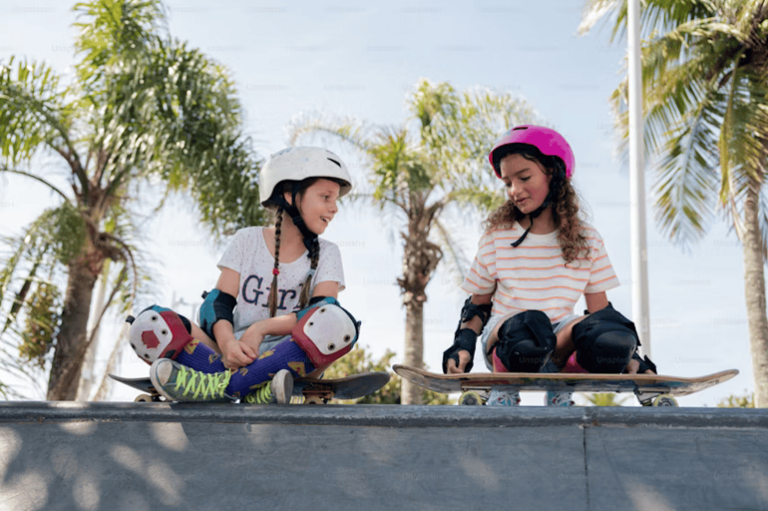Skateboarding and BMX riding are rapidly evolving, with more women and girls taking up these sports than ever before. However, across Australia, city councils and planning authorities continue to rely on outdated strategies that fail to reflect this growing participation. Without proactive updates, these outdated documents limit the development of facilities and programs that could further support female riders, ultimately slowing the progress of gender inclusivity in skate and BMX culture.
The Rise of Female Participation in Skateboarding and BMX
Recent data paints a clear picture of increasing female engagement in these sports. According to AusPlay, women and girls now represent 41% of participation in skate-related activities, including roller skating and blading. Globally, the trend is just as strong. A 2023 study by GOSKATE found that women make up 40% of new skateboarders. In the United Kingdom, the Duke of Edinburgh Award reported an 800% increase in young women choosing skateboarding between 2017 and 2022. This upward trajectory is undeniable, but Australia’s planning frameworks have yet to catch up.
The inclusion of skateboarding in the Olympics has also amplified its appeal. The Tokyo 2020 and Paris 2024 Games showcased young female skaters taking center stage, inspiring a new generation to get involved. Despite these significant shifts, Australian councils continue to reference old strategies that understate female participation, leading to missed opportunities in facility design, funding, and program development.
The Consequences of Outdated Planning
By failing to recognise the new landscape of participation, councils risk designing and maintaining spaces that do not adequately cater to women and girls. Many skateparks remain male-planned, male-designed, and catered to male participation, due to factors such as poor design, lack of dedicated programs, and unwelcoming environments. Without intentional efforts to update strategies, these barriers will persist.
In one Victorian councils most recently updated strategy document, the quote states “As of 2009, Female’s only make up 13% of skateboarding participation. When considering designing your skatepark, know that 76% of skateboarders are Male, with the vast majority being aged 12-17.
The Victorian Government’s Inquiry into Women and Girls in Sport and Active Recreation highlights the demand for better access, representation, and leadership opportunities in sport. Yet, if skate and BMX planning documents fail to reflect these needs, progress will remain slow. A lack of visibility in policy translates to a lack of investment, meaning female riders miss out on crucial support.
The Path Forward
To foster an inclusive skate and BMX culture, councils and planning authorities must update their strategies to align with current participation trends. This means incorporating gender-responsive facility design, supporting female-led skate programs, and ensuring public skate spaces are welcoming for all.
It’s time for Australian cities to move beyond outdated data and embrace the reality of today’s skateboarding and BMX landscape. By doing so, we can create environments where everyone, regardless of gender, has the opportunity to thrive in these sports.

